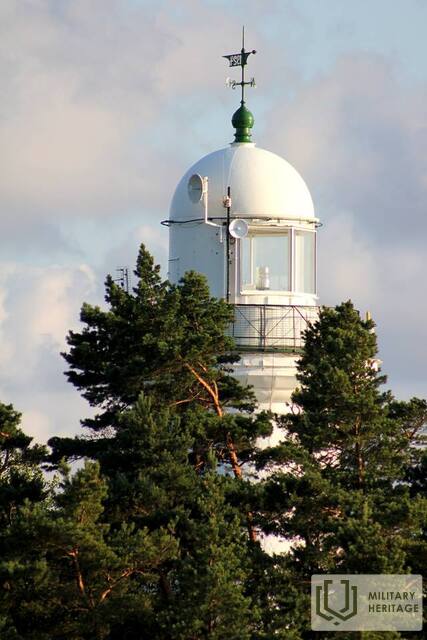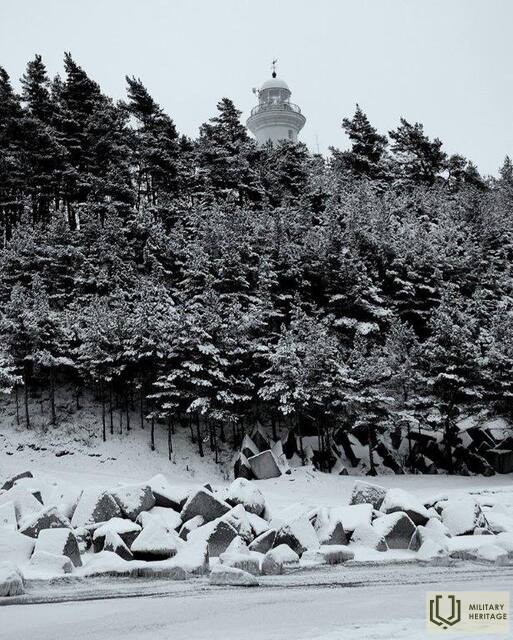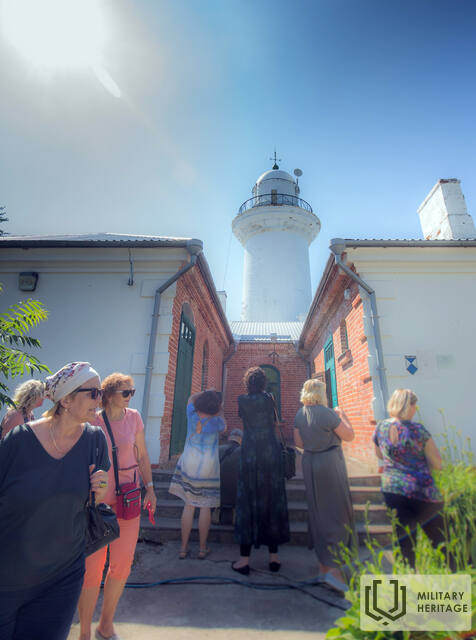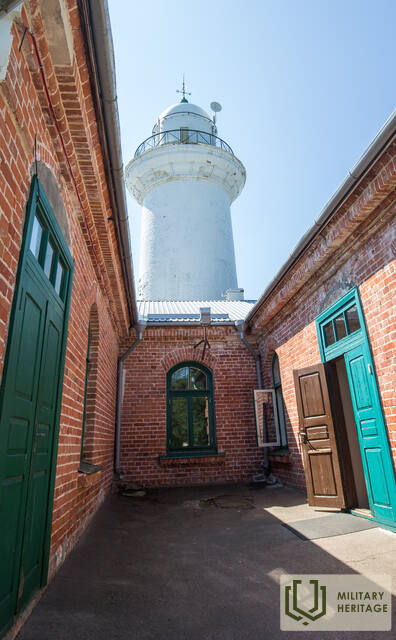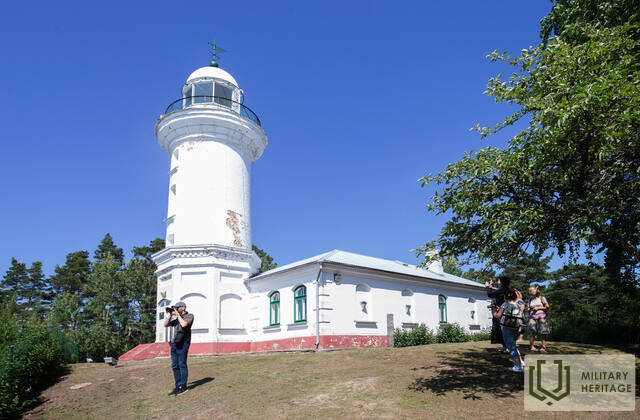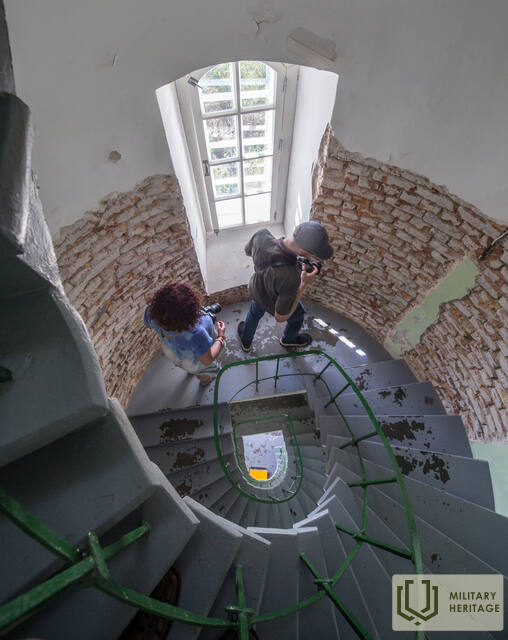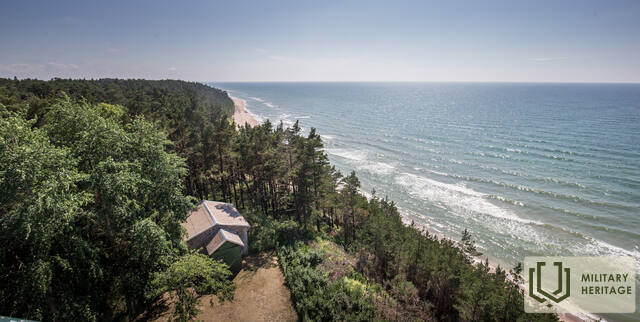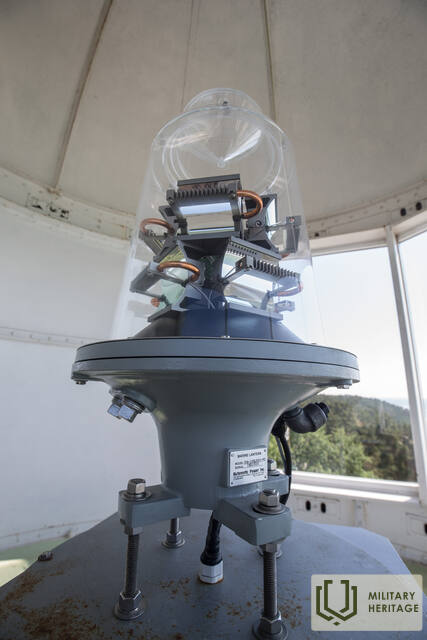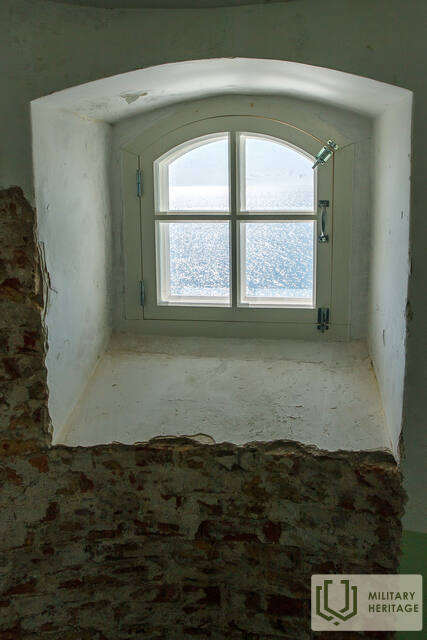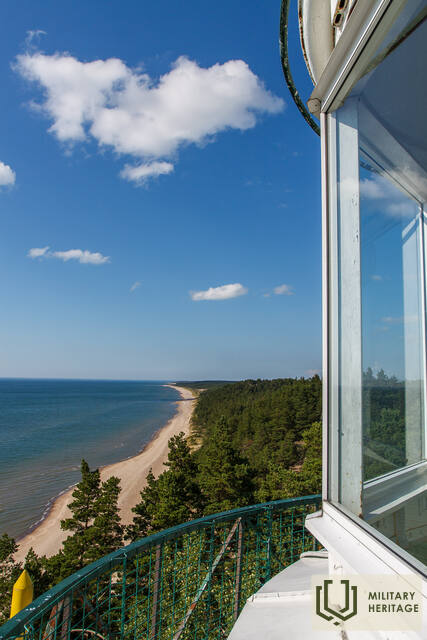Užavos švyturys Infrastruktūra
Įkeliama...
57.2091,21.4127
Užava, Latvija
+371 63630573, +371 28341836
Iveta Rude
Susijusi laiko juosta
Susijusios temos
Susijusi istorija
Užavos pakrantės ir sovietinių pasieniečių gamtos nuotraukos
Saugomo augalo nuotraukos pasienio apsaugos zonoje istorija.
Kuržemės pakrantė – uždara zona
Šaltojo karo metu visa Kuržemės pakrantė buvo uždara zona visuomenei – čia pagrindinius sprendimus priėmė sovietų pasieniečiai, turintys sargybos postus tam tikru atstumu ir stebėjimo bokštus su prožektoriais paplūdimyje. Civiliai asmenys pajūryje buvo leidžiami tik dienos šviesoje.




